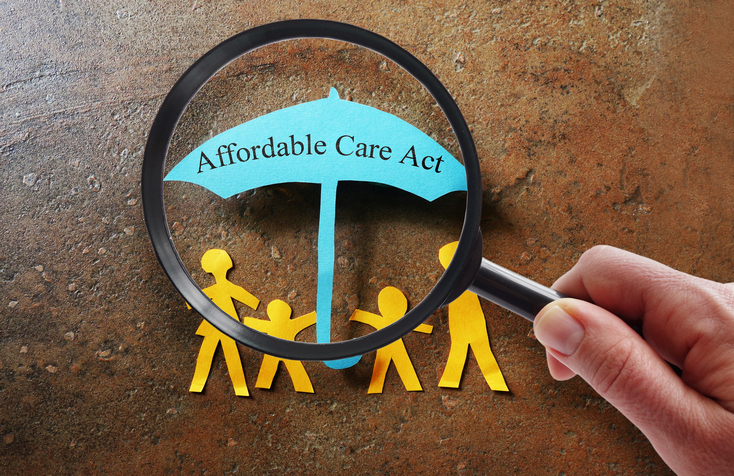Highlights of the important and the interesting from the world of health care:
Why the iPad falls short for health care: Apple has finally drawn back the curtains on its Tablet, er, iPad so what will it mean for health care? The short answer is, of course, “It’s too early to tell.” The long answer is, well, maybe not as much as we’d hoped. While Steve Jobs never in his presentation mentioned the words “health care,” Mobi Health News is nonetheless smitten, or at least it was at first. “The iPad holds promise as a new point-of-care tool for healthcare workers and as a personal health device for patients,” the blog says.
As mentioned in this space yesterday, the most obvious (at this point) and seemingly most beneficial feature of the iPad could be its ability to present electronic health records to physicians on a much larger, and presumably easier to use, interface than what’s currently available on the iPhone –Â Epic Systems’ EHR app called Haiku, for example.

With the Rise of AI, What IP Disputes in Healthcare Are Likely to Emerge?
Munck Wilson Mandala Partner Greg Howison shared his perspective on some of the legal ramifications around AI, IP, connected devices and the data they generate, in response to emailed questions.
However, after speaking with some providers, analysts and tech vendors, Mobi Health News toned down its elation a bit, as the blog’s sources pointed out a number of shortcomings with the iPad’s design as it relates to acute care. Those include:
- No camera
- Non-swappable batteries for the device’s battery life of “up to” 10 hours, which may be a dubious battery-life claim from Apple anyway
- Not “ruggedized” (love that word) so could easily break when dropped by a harried clinician
- Only runs one app at a time
- No barcode scanner
- Doesn’t appear to allow for easy disinfection
To be clear, it is highly likely that we can’t fully judge the iPad until we see health applications specifically built for the device. At this point, though, it appears the iPad is not quite the (corporate cliche alert) “game-changer” that some were expecting it to be in health care. But at least most observers agree on one thing — the name sucks.
Health care investing — without reform: Even if health reform dies or is dramatically scaled back, the federal government will still have a huge influence on the industry, so life-science venture capitalists best be prepared, VentureWire reports. That means focusing relentlessly on drugs and devices that can cut costs, such as those that aim to tackle obesity and diabetes, according to panelists at a private equity conference. Home health care is another area that could see growth due to its ability to hold down costs. Likewise, investors may want to avoid areas that can add costs to the system, such as diagnostics, which often require large capital expenditures on the part of hospitals.
In addition, health VCs expect a blurring of the lines from the FDA’s perspective between Class 2 and Class 3 devices. Class 2 devices typically require less clinical data and less-extensive trials, but experts expect that to change. One panelist offered a prediction that would be good news for patients, but its impact on health investors is less clear. Still, investors would do well to think about how their strategies will be affected by a move away from today’s wasteful fee-for-service model of payment.
“I think you will see a disappearance of a fee-for-service model over time,” he said. “How it will happen, I don’t know, but you will be paying for quality, not treatments, and that’s a good thing.”
Do doctors who ignore social media risk irrelevance? That’s what physician-blogger KevinMD says, pointing out that time-strapped doctors can use Facebook, Twitter and blogs to connect with patients beyond the typical 15-minute office visit. Those tools can also be effective ways for doctors to point patients to credible medical information and add their own perspectives to the latest health news and research, KevinMD says. So what’s holding some doctors back? Insurers don’t pay them for such patient interactions, and standards of care for online interaction are unclear.
Nonetheless, as demographics change and those who grew up on the web become adults, social media — not doctors — may become the first place people turn for medical information. “In the meantime doctors should embrace social media as a way to continue the conversation, and to provide patients with the trusted health information they’ll need,” KevinMD writes.















